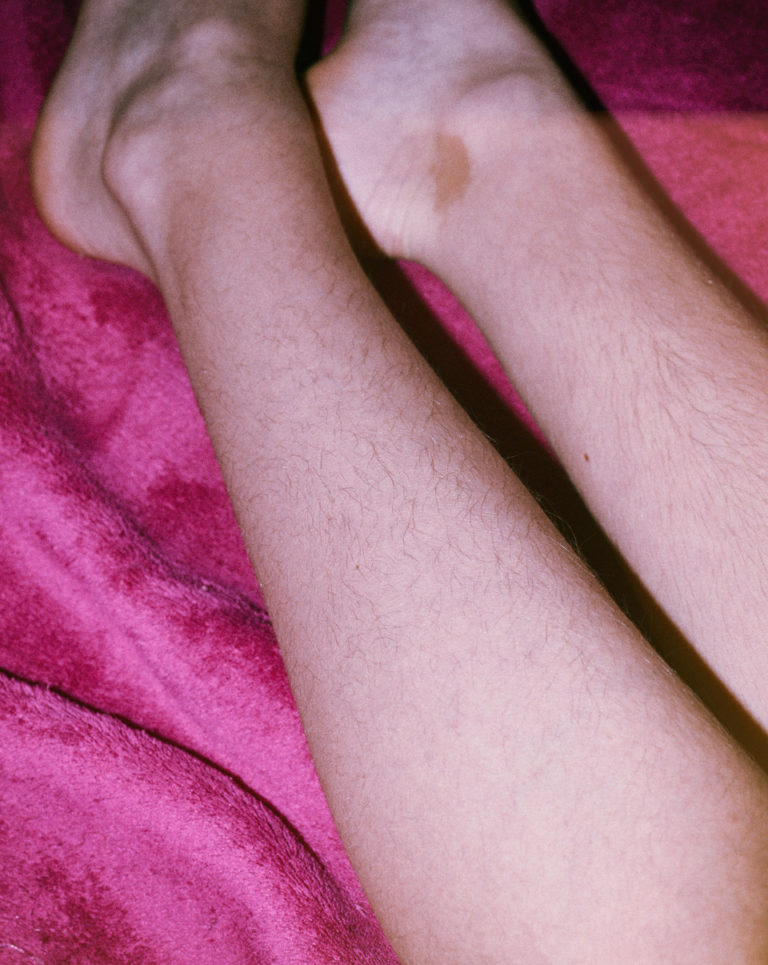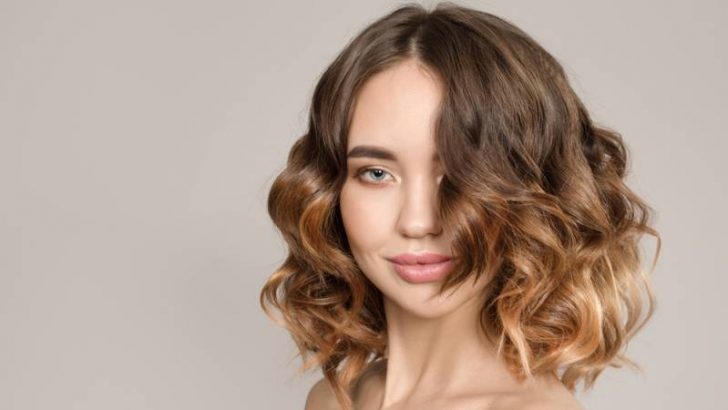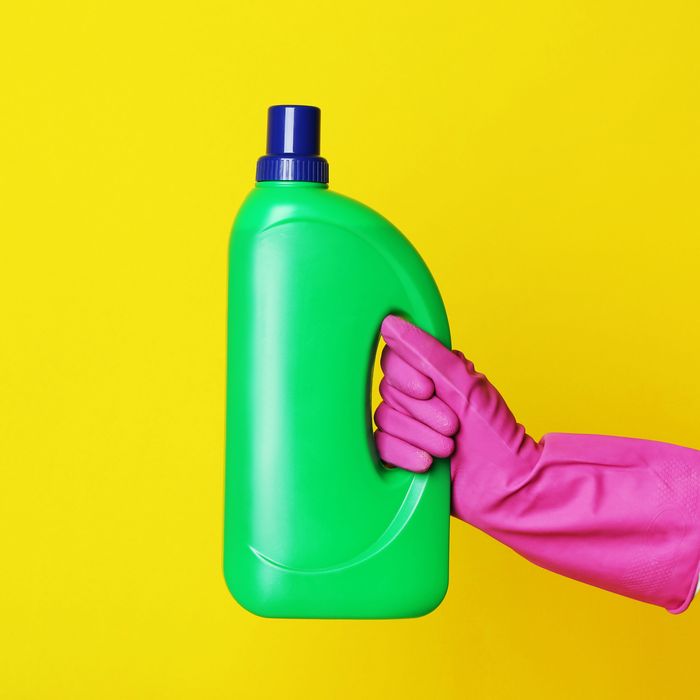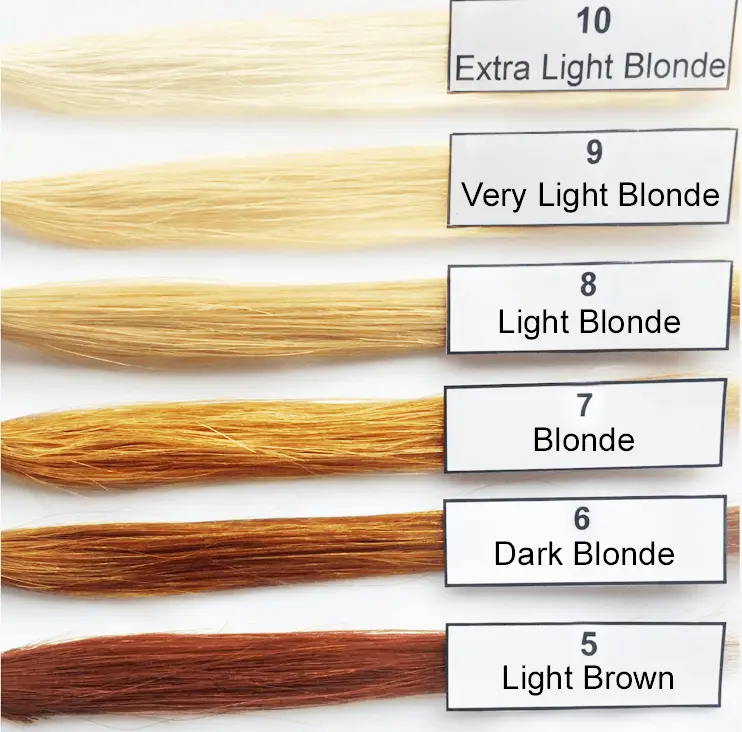Table Of Content

If shaving isn’t your thing, waxing is an effective alternative. It requires you to apply hot wax to your legs and then forcibly pull the hair out at the root. Many people reach for the soap if they are out of shaving cream. However, soap can strip your skin of moisture and make shaving more difficult.
Some 'hate' the idea of hairy women
Plus, I felt so comfortable in the studio and never felt rushed. Laser hair removal hurts less than most other forms of hair removal, especially waxing. Our clients are often surprised to discover the treatment is much more painless than they expected!
How many laser sessions are needed to remove hair?
Paris Jackson showed off her leg hair in an Instagram post - Business Insider
Paris Jackson showed off her leg hair in an Instagram post.
Posted: Thu, 31 Aug 2017 07:00:00 GMT [source]
Nope, what I have is coarse, dark, and stubborn—and it means business. This wouldn’t bother me if it weren’t for the layers of dry skin that like to sit atop my shins and transparently trap it all under a glass ceiling, if you will. Experts say that dermaplaning is ideal for soft, fine hairs, but if your hairs is on the thicker side, a trial area is recommended first.
Conair Total Body Epilator
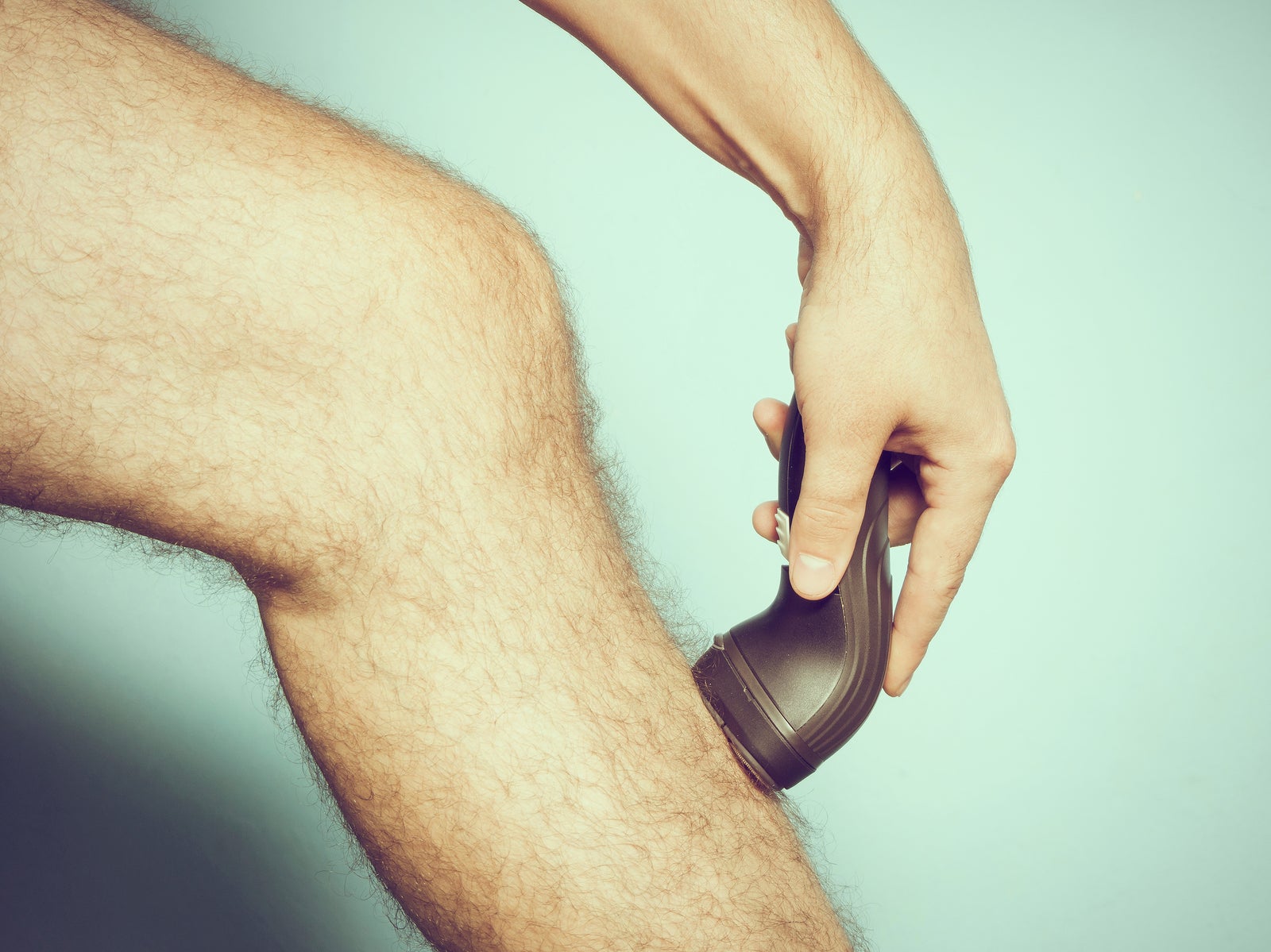
Although a very useful step, protecting the surface of the skin from the hair-melting chemicals, we found it a little tricky to use. Too much and you run the risk of no hair getting hit, too little and there’s no protection at all, so finding the sweet spot may take a bit of time, but once you get there, it’s hard to go back. After the balm, smooth on a layer of the removal cream as normal, and, after five to eight minutes, your brows, cheeks or chin should be silky smooth. She posed for the magazine in a black bralette with her dark armpit hair on display. Although that super-affordable laser spa might sound better on your wallet, it might not end up being the best (or safest) option.
In this post, we’ll cover all of the best skin tightening treatments you should consider, and how each one works. Avoid shaving and harsh or exfoliating skincare treatments for up to 10 days after your treatment. Depending on your maintenance routine, the size and length of the braids, how quickly your hair grows, the type of... But soap can dry out your skin, which makes shaving more challenging.
From laser hair removal to injectables, our promotions make it easy for you to save while treating yourself. Say goodbye to unwanted hair.A lifetime of smoothness is a click away with our signature laser hair removal service. Like with most epilators, we found it to be pretty painful—think burning and tingling—though these sensations subsided quickly after use. It created redness and bumps, which is also not uncommon for epilators, but it worked to effectively remove the hair. It also has two speed settings, so you can use the more intense one on less sensitive parts of the body and the more gentle one where you’re more sensitive.
It varies from person to person, as the condition tends to be unpredictable. If you have any PAD risk factors, such as diabetes, high cholesterol, high blood pressure, or smoke, make sure to tell your physician or a vascular doctor about these risk factors. You should also tell your doctor whether or not you are experiencing additional symptoms of PAD, such as slowed toenail growth, skin discoloration, and cramping in the legs while walking or jogging. These can all signal a lack of adequate blood flow to your legs. Even without detectable symptoms, you may have developed a condition known as peripheral artery disease (PAD), which most commonly impacts the arteries in the legs. With PAD, the arteries become hardened when plaque attaches to the artery walls, narrowing the passageway.
Why Has My Hair on My Arms and Legs Disappeared?
USA Vascular Centers offers various minimally invasive treatment options for PAD, including stent placement, atherectomy, and angioplasty. Each procedure involves a tiny catheter inserted into the blocked artery for beginning treatment. With an angioplasty, the catheter uses a special balloon to compress the plaque against your artery walls. During a stent placement, your provider follows an angioplasty with a small mesh tent implantation to keep the artery open.
Thyroid issues
That's why I've been trying to enter my naked-mole-rat era since the ripe young age of 12...and I have a bathroom full of razors, hair-removal creams, and at-home laser-hair removal devices to prove it. However, everything changed for me in college when I started getting professional laser hair removal services—an experience that I can confidently say has changed my life. Losing hair on the legs is a common symptom of peripheral artery disease (PAD).
It wasn’t the longest walk – just around the corner and back – but it was the first time in two decades my leg hair had been on show in public. That’s the protective layer that you can see, which gives the wolf its colour. Underneath is another layer – the undercoat – and it’s all about insulation and keeping the beast warm. I began to get more comfortable with my arm hairs by viewing them as devices to signify how cold I was getting. After all, when they would rise, I knew it was to trap the heat and keep me warm. It’s protective – like the wolves I identified with, and I found sanctuary in it.
Both men and women are both at equal risk for hair loss on the legs. Peripheral artery disease is common among men and women and becomes more prevalent as you age. During this minimally invasive procedure, contrast dye is injected into the veins to locate blockages in the arteries. Before your appointment, it can be helpful to write down a list of symptoms you’re experiencing and the medications you’re taking so that you are prepared for the visit.
However, it’s also smart to get screened for PAD if you don’t have any symptoms but live with one or more PAD risk factors. For example, if you are 50 or older, have diabetes, or smoke, your PAD risk is elevated. If PAD is caught early, your doctor can suggest lifestyle changes and medications that can help slow the progression of the disease. You can also suffer from hair loss if your body lacks certain nutrients, such as iron, vitamin D, or zinc. Steroid use can lead to loss of hair on the legs and elsewhere.
As androgen levels increase, the rate of hair growth and the weight of the hairs increase. Genetic factors determine both individual levels of androgen and the hair follicle's sensitivity to androgen, as well as other characteristics such as hair colour, type of hair and hair retention. The genital area of males and females are first inhabited by shorter, lighter vellus hairs that are next to invisible and only begin to develop into darker, thicker pubic hair at puberty. At this time, the pituitary gland secretes gonadotropin hormones which trigger the production of testosterone in the testicles and ovaries, promoting pubic hair growth. The average ages pubic hair begins to grow in males and females are 12 and 11, respectively.

